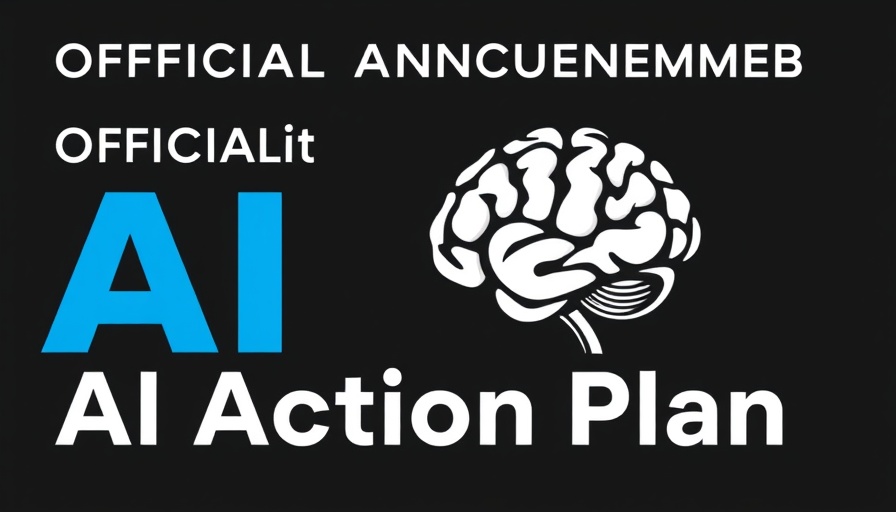
MIT's Innovative Meschers Tool: A New Frontier in Visualization
The Massachusetts Institute of Technology (MIT) has unveiled an exciting new tool named "Meschers," which provides a fresh way to visualize and edit shapes that defy the laws of physics. This groundbreaking tool can render Escher-like optical illusions in a user-friendly 2.5-dimensional format, making it easier for scientists and designers to explore complex shapes and enhance their creative processes.
What Does Meschers Mean for Science and Design?
Meschers allows users to manipulate visual representations of objects that cannot exist in our three-dimensional world. By pushing the boundaries of imagination and traditional physics, this tool opens up possibilities in various fields, from architecture to engineering. It enables creators to iterate on designs that challenge conventional structural norms, potentially leading to innovative solutions in real-world applications.
Understanding the Technology Behind Meschers
The magic of Meschers lies in its advanced machine learning algorithms, allowing for complex shape generation and manipulation with unprecedented ease. Scientists are not just observing impossible geometries; they are editing them, thereby fostering a deeper understanding of how visual perception works. This capability could lead to new insights into spatial reasoning and cognitive processes.
Broader Implications: The Future of Design and Technology
As Meschers continues to evolve, it promises to inspire an entirely new category of design tools that can blur the lines between virtual and physical realities. By integrating this technology into creative workflows, professionals across industries can cultivate a space where the impossible becomes possible, ultimately driving innovation.
The evolution of tools like Meschers is a clear signal of where technology can take us—toward a future where imagination and practicality align more closely than ever before.
 Add Row
Add Row  Add Element
Add Element 



Write A Comment